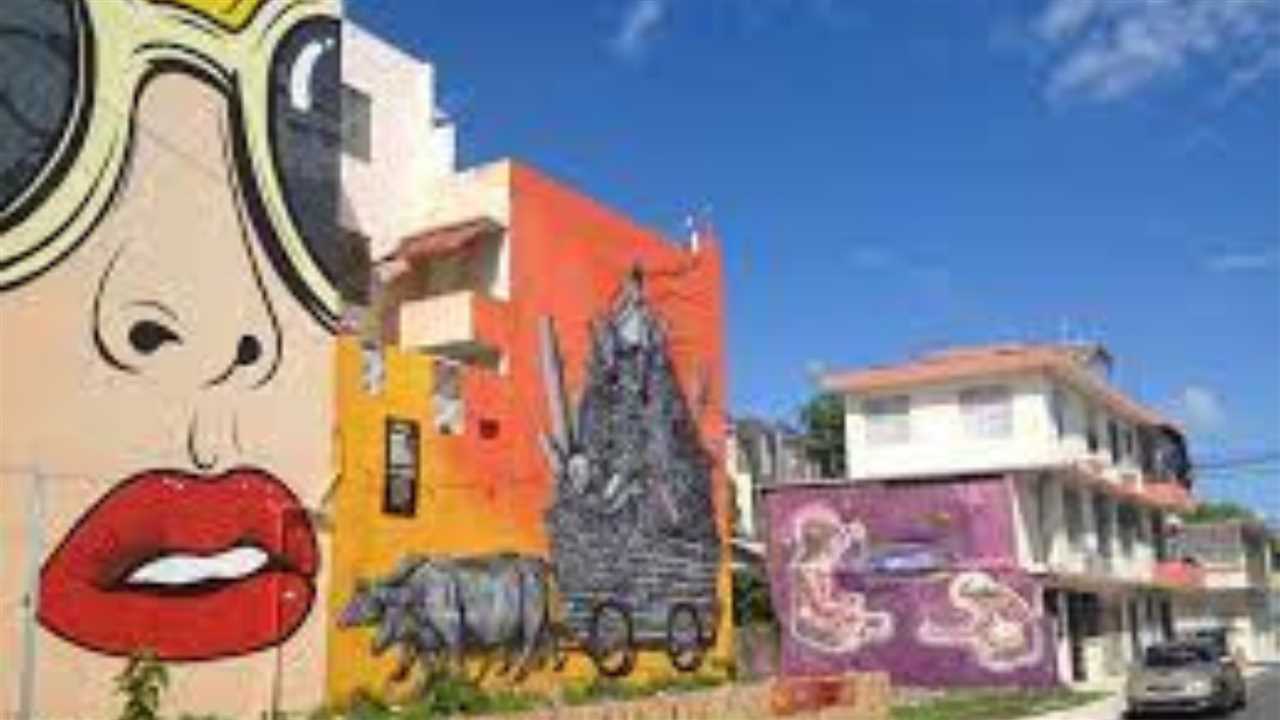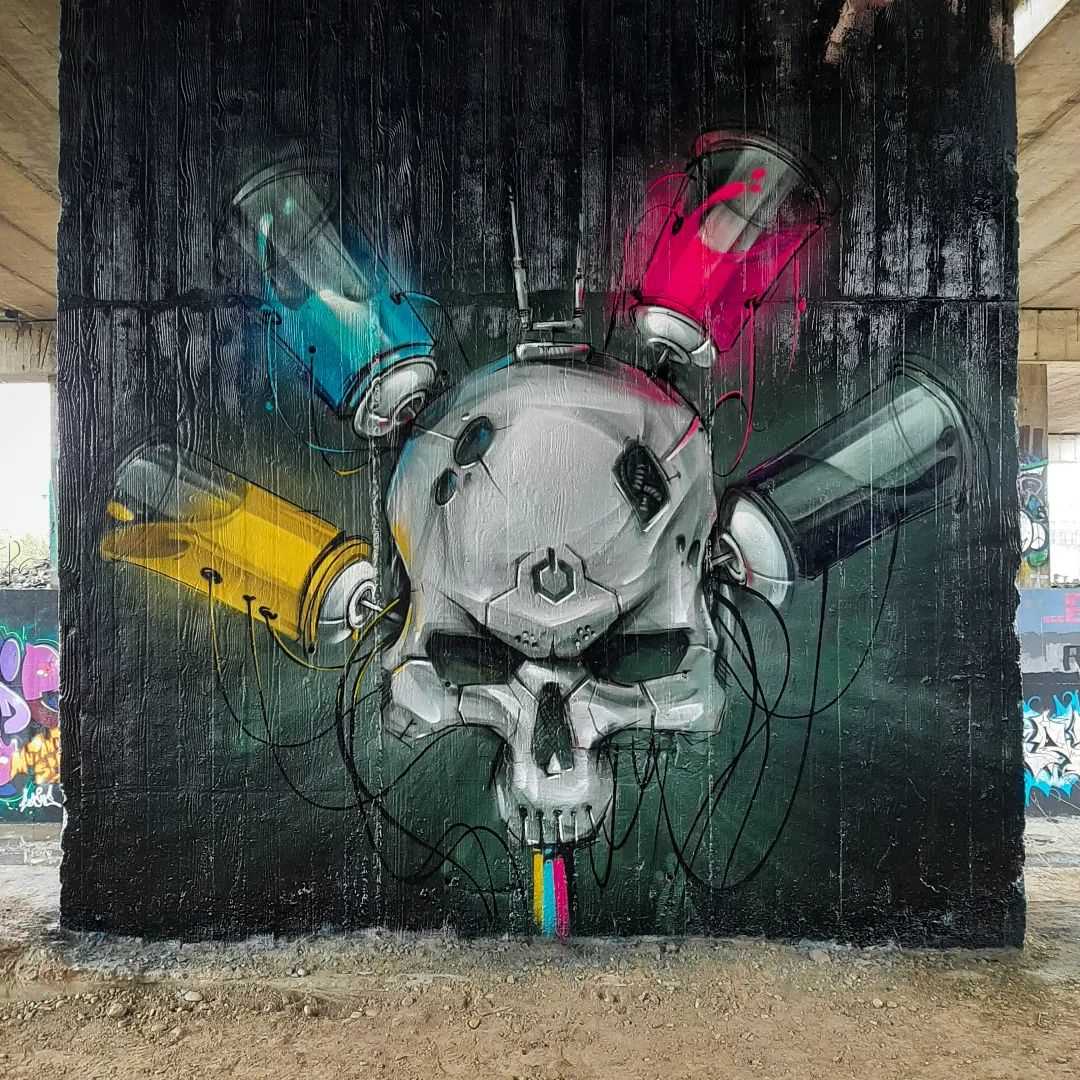In the colorful streets of Puerto Rico, one can find a mesmerizing display of urban art that tells the story of a rich and diverse culture. Puerto Rican street art is not only aesthetically pleasing, but it also serves as a powerful medium for self-expression and activism. Through vibrant murals, graffiti, and other forms of visual art, local artists have managed to capture the essence of Puerto Rican history, identity, and struggles.
From the walls of San Juan to the narrow alleys of Ponce, Puerto Rican street art provides a unique glimpse into the heart and soul of this Caribbean island. The art is often a blend of traditional and contemporary elements, showcasing the island’s African, Taíno, and Spanish heritage, as well as its modern challenges. Every stroke of paint and spray can tells a story, whether it is a tribute to the island’s cultural icons, a political statement, or an homage to the resilience of the Puerto Rican people.
What sets Puerto Rican street art apart is not just its visual appeal, but the message it conveys. Many artists use their work to address social issues such as inequality, poverty, and environmental concerns. Through their art, they give a voice to the marginalized and highlight the need for social change. Their murals are not mere decorations, but powerful statements that demand attention and prompt reflection.
Puerto Rican street art is more than just an artistic outlet; it is a vibrant reflection of the island’s culture, history, and social fabric. It serves as a visual reminder of the island’s struggles and triumphs and of the resilience and creativity of its people. So next time you find yourself wandering the streets of Puerto Rico, take a moment to appreciate the vibrant murals and graffiti that adorn its walls. They are not just artworks; they are a testament to the power of art to shape and inspire a community.
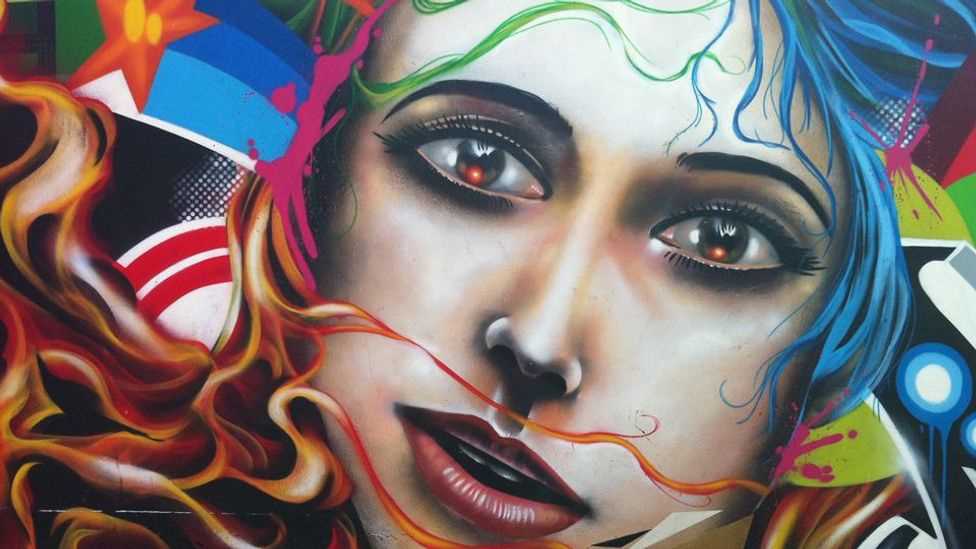
Puerto Rico has a long history of vibrant and expressive street art that reflects the rich and diverse culture of the island. From colorful murals to powerful political statements, Puerto Rican street art has become an integral part of the urban landscape.
With its roots in the graffiti movement of the 1970s, Puerto Rican street art has evolved into a dynamic art form that intertwines elements of muralism, pop art, and social commentary. Artists use the streets as their canvas, creating thought-provoking pieces that address social issues, celebrate Puerto Rican identity, and explore the complexities of the island’s history.
The Influence of Puerto Rican Culture
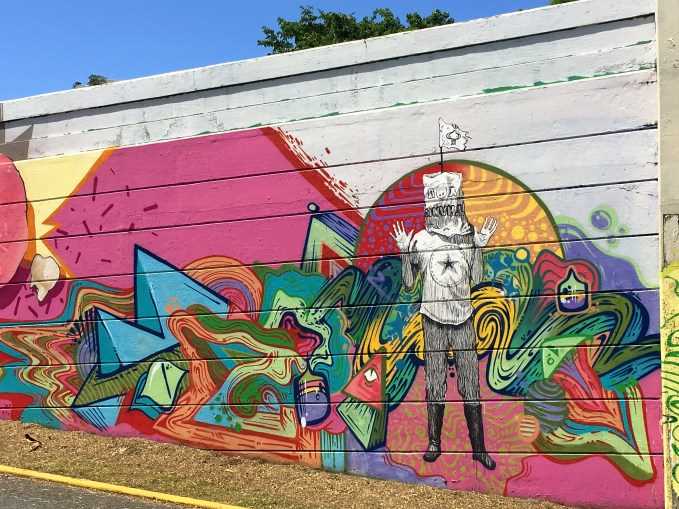
Puerto Rican street art is heavily influenced by the island’s vibrant and diverse culture. Artists draw inspiration from traditional Puerto Rican art, music, and folklore, incorporating elements such as vejigantes (traditional carnival masks) and bomba y plena (traditional music and dance) into their work.
Additionally, Puerto Rican street art often reflects the island’s political climate and struggles for independence. Artists use their art as a platform to express their opinions on issues such as colonization, inequality, and social justice. The walls of Puerto Rico’s cities and towns serve as a canvas for activism and resistance.
The Impact of Hurricane Maria
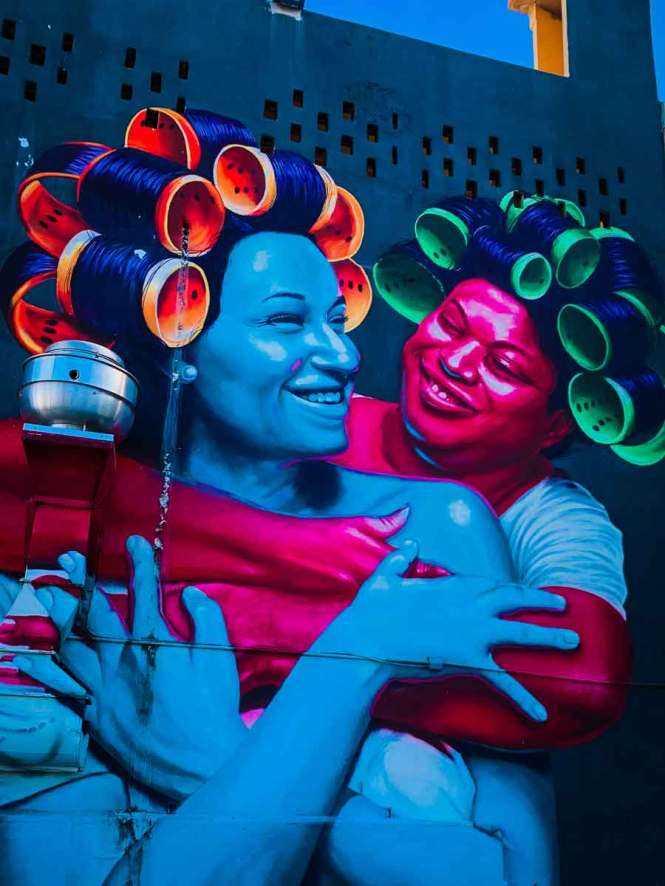
In the aftermath of Hurricane Maria in 2017, Puerto Rican street art took on a new significance. Artists turned to their craft as a way to cope with the devastation and express their resilience and determination to rebuild. Walls that were once adorned with colorful murals were transformed into powerful messages of hope, unity, and recovery.
Today, Puerto Rican street art continues to flourish, with new artists emerging and pushing the boundaries of the art form. From San Juan to Ponce, the streets of Puerto Rico are alive with vibrant and captivating artwork that showcases the island’s rich tradition of street art.
Exploring the Different Styles and Techniques

One of the most fascinating aspects of Puerto Rican street art is the wide range of styles and techniques employed by artists. From colorful murals to intricate stencil work, each piece showcases the unique artistic vision and cultural heritage of the island.
One popular style seen in Puerto Rican street art is the use of vibrant colors and bold imagery. Many artists draw inspiration from traditional Puerto Rican folklore and incorporate elements such as coqui frogs, vejigante masks, and Taino symbols into their artwork. These vibrant and often surreal images reflect the rich cultural history of the island and create a visually stunning display.
Another technique commonly used in Puerto Rican street art is stencil work. Artists create intricate stencils by cutting out designs from paper or cardboard, then use spray paint to apply the design onto walls or other surfaces. This technique allows for precise and detailed images, and is often used to convey powerful political or social messages.
Graffiti writing is another popular style in Puerto Rican street art. Artists use various techniques and lettering styles to create elaborate and stylized text. This form of self-expression often includes personal tags or messages, as well as social and political commentary.
Collage and mixed media art also have a place in Puerto Rican street art. Artists combine different materials such as photographs, newspapers, and paints to create layered and visually dynamic compositions. This style allows for a diverse range of textures and colors, resulting in visually striking and thought-provoking pieces.
| Styles | Techniques |
|---|---|
| Vibrant colors and bold imagery | Stencil work |
| Graffiti writing | Collage and mixed media |
The Significance of Puerto Rican Street Art in the Local Community
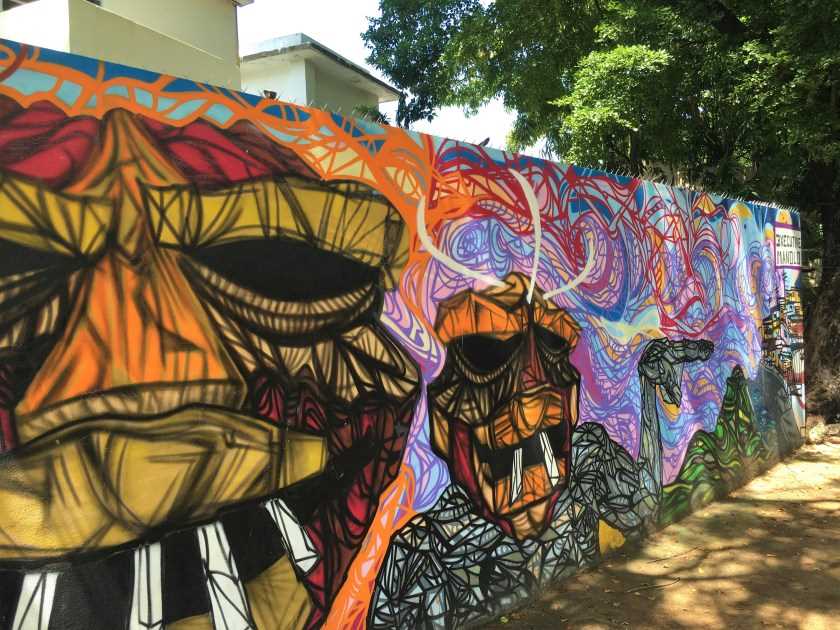
Puerto Rican street art plays a significant role in the local community, both as a form of artistic expression and as a means of storytelling. It reflects the rich cultural heritage of Puerto Rico and serves as a vibrant reflection of the community’s identity and values.
Preservation of History and Culture
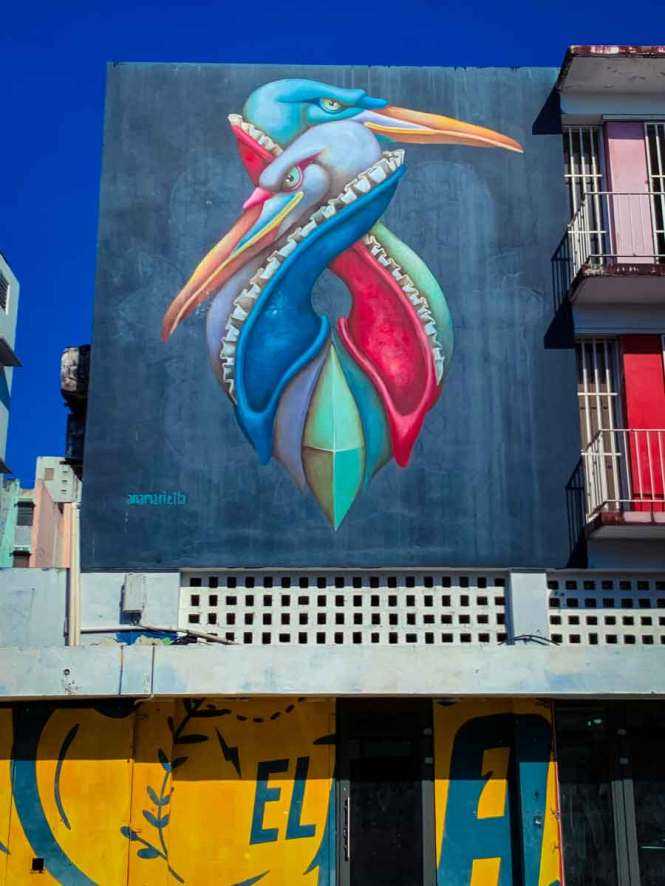
Through their creations, Puerto Rican street artists are able to preserve the history and culture of their island. They use vibrant colors, symbolic images, and powerful messages to depict important figures, events, and traditions that have shaped Puerto Rican identity. This not only educates the younger generation about their roots but also reminds the community of the significance of their heritage.
By painting murals and creating street art installations, these artists transform public spaces into living art galleries. The walls speak their stories, creating a visual narrative of Puerto Rican history and culture that can be experienced by anyone who walks by. In this way, street art becomes an accessible and inclusive form of education and cultural documentation.
Fostering Community Pride and Empowerment
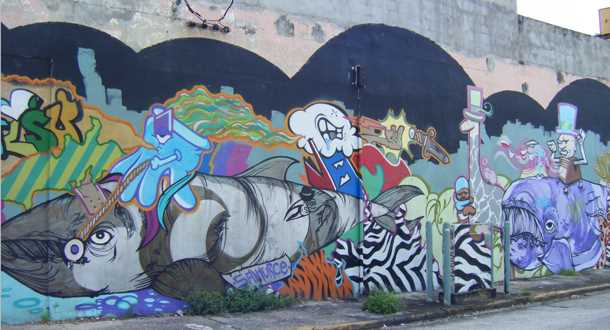
Puerto Rican street art serves as a powerful tool for fostering community pride and empowerment. The murals and artworks often depict local heroes, activists, and community members who have made a positive impact. By honoring these individuals, street artists not only pay tribute to their achievements but also inspire others to make a difference.
Moreover, street art creates a sense of ownership and pride in the local community. It allows residents to see themselves and their experiences represented in a public space, promoting a feeling of belonging and shared identity. This, in turn, strengthens community bonds and encourages active participation in the development and improvement of the neighborhood.
Street art has the ability to provoke discussion and raise awareness about social issues that affect the Puerto Rican community. Artists often use their work as a platform to shed light on topics such as inequality, environmental concerns, and political struggles. By addressing these issues through art in public spaces, they engage the community in important conversations and encourage them to take action.
Influence and Impact of Puerto Rican Street Art in Global Art
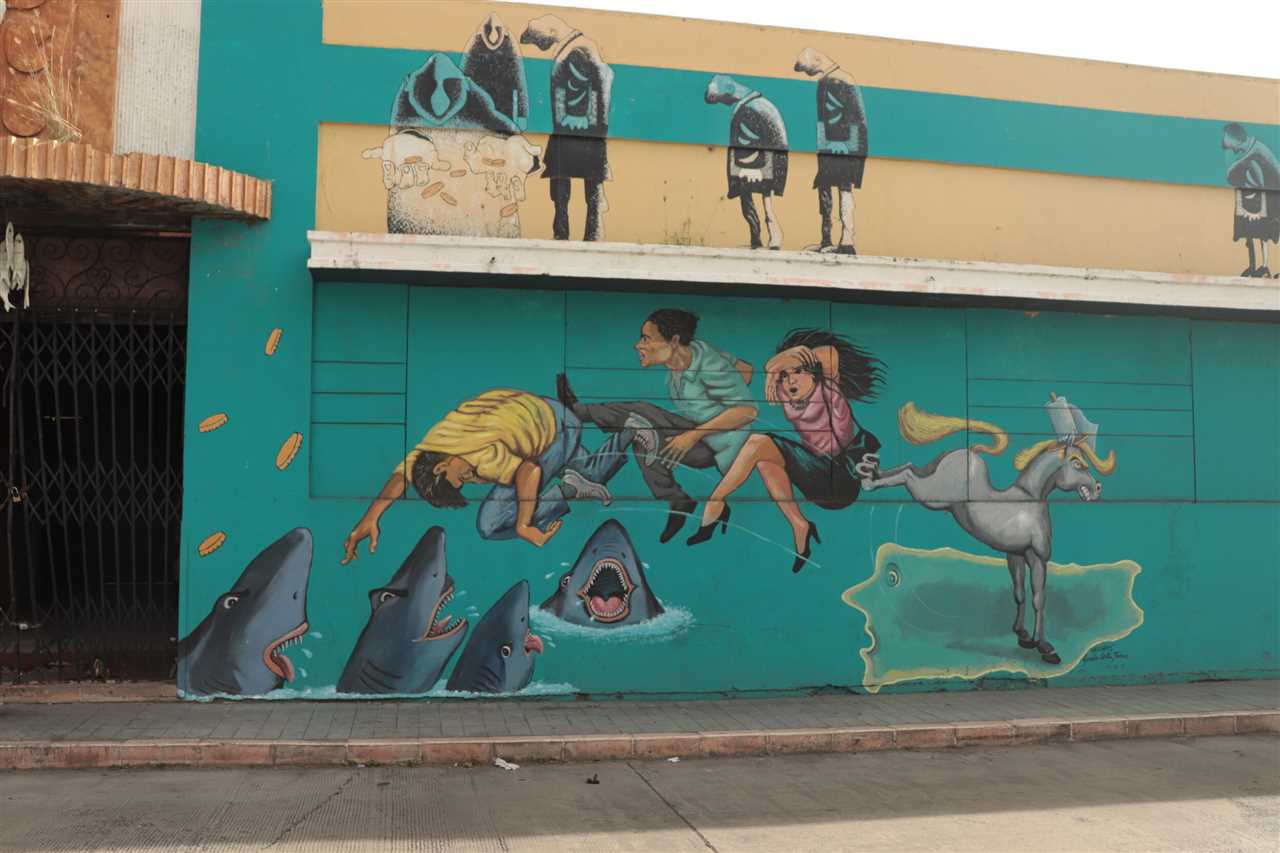
Puerto Rican street art has made a significant impact on the global art scene, influencing artists around the world with its vibrant and unique style. The influence of Puerto Rican street art can be seen in various forms, from murals and graffiti to contemporary art exhibitions. The bold colors, intricate designs, and powerful messages of Puerto Rican street art have captivated art lovers and sparked a global conversation.
One of the ways Puerto Rican street art has influenced global art is through its use of cultural and historical themes. Many Puerto Rican street artists incorporate elements of their heritage, such as indigenous symbols, traditional music, and historical events, into their artwork. This integration of culture and history not only preserves Puerto Rican traditions but also educates and enlightens viewers from different backgrounds.
Puerto Rican street art also challenges traditional notions of art and the idea of what constitutes a gallery space. By taking art to the streets, Puerto Rican artists have democratized the art experience, making it accessible to all, regardless of social or economic background. This inclusivity has inspired artists in other parts of the world to explore alternative ways of showcasing their work and reaching a wider audience.
Furthermore, the social and political messages conveyed through Puerto Rican street art have had a profound impact on global art activism. Many Puerto Rican street artists use their art as a form of protest, addressing issues such as social inequality, political corruption, and environmental degradation. The powerful imagery and provocative messages of Puerto Rican street art have inspired artists in other countries to use their art to spark change and challenge societal norms.

I am a mural enthusiast and a fervent admirer of street art. Rather than creating murals myself, I am passionate about collecting them. My love for street art knows no bounds. I am dedicated to curating and cherishing these artworks that grace the streets. My collection stands as a testament to my profound appreciation for this form of artistic expression.
read about me

